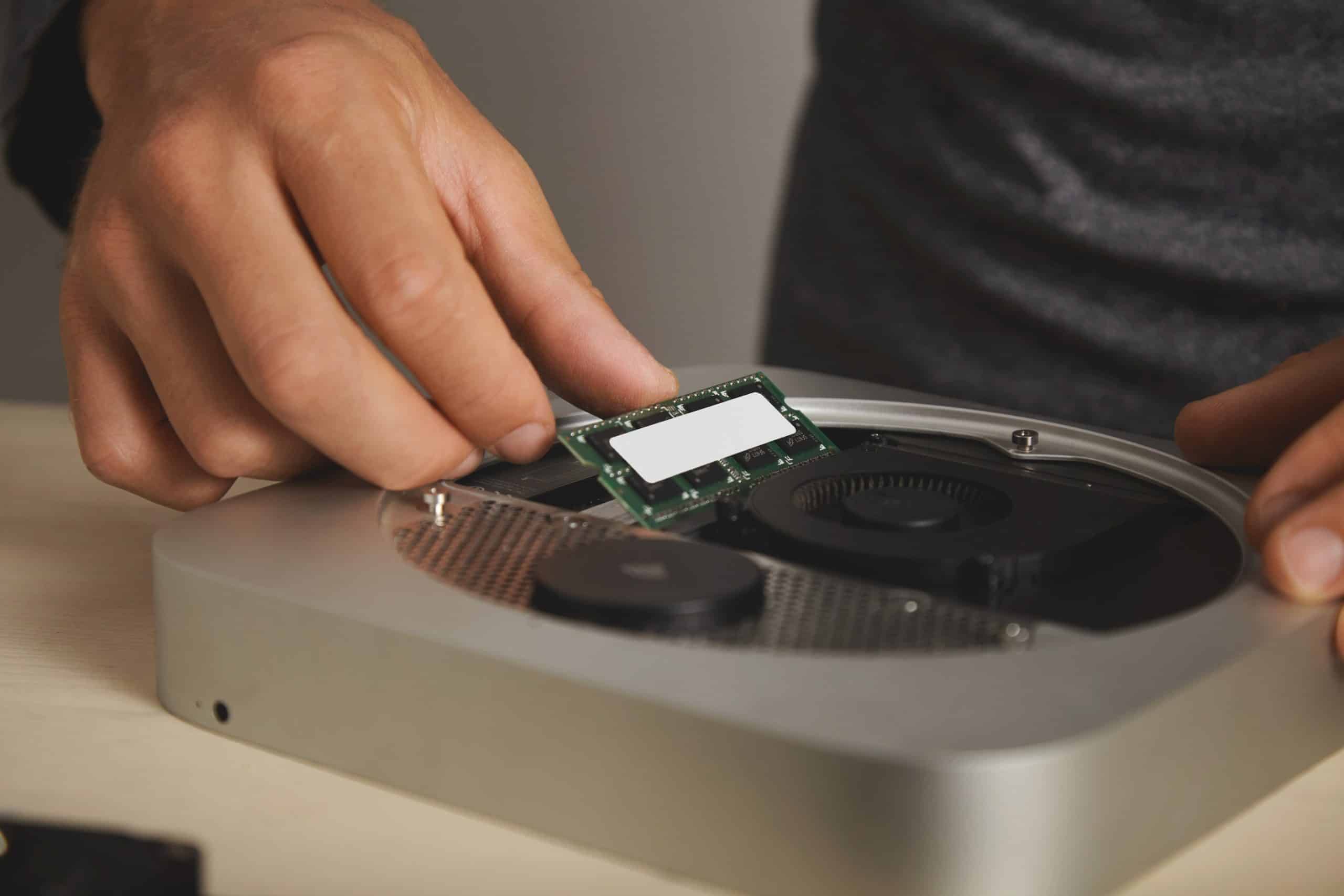It’s a matter of both pride and value when it comes to keeping your classic car in tip-top shape. But what if you notice a crack on the dashboard? The plastic dashboard is one of the features that face the brunt of the years, and unfortunately, it’s also one of the most noticeable when it begins to show signs of wear. There’s no need to fret, though. With a little patience and the right steps, you can repair that cracked dashboard and restore it to its former glory.
Begin With a Thorough Cleaning
Before you even pick up the epoxy, spray cleaner, or paint, you’ll need to start with a thorough cleaning of your dashboard. It’s essential to remove any dirt, dust, or oils that might interfere with the repair process.
A lire aussi : How to Choose the Correct Fuel Pump for a Modified Toyota Supra to Prevent Starvation?
Firstly, vacuum the area around the crack to whisk away any debris or particles that might hinder the repair process. Next, take a soft, damp cloth and gently clean the area. If the dashboard is particularly dirty, you could use a gentle plastic cleaner or a mild soap. Rinse the area thoroughly and let it dry completely.
Now, use a plastic trim cleaner to further clean the area. This type of cleaner is made specifically for plastic and vinyl surfaces and it will remove any remaining oils or residues. You’ll want to follow the instructions on the bottle, but generally, you’ll apply it to the area, let it sit for a few minutes, then wipe it off.
A lire également : Transform your workout with a weighted hula hoop
Assess the Damage and Choose the Right Repair Method
Now that your dashboard is free of grime and ready for work, it’s time to closely inspect the cracks. The right repair method will depend on the severity of the damage. Thin hairline cracks can be filled in with a dashboard repair kit, which usually includes a filler material and a color match compound. For larger cracks, though, you’ll need a more robust solution.
That’s where epoxy comes in. Epoxy is a strong, durable adhesive that works well on plastic and vinyl surfaces. It’s available in a variety of types, some of which are designed specifically for dashboard repair. Be sure to read the instructions on the package carefully. Some types of epoxy require you to mix two components, while others are ready to use right out of the tube.
Applying epoxy requires a steady hand and a bit of patience. You’ll need to fill in the crack, making sure the epoxy gets into all the crevices. Then smooth it out, so it’s level with the rest of the dashboard.
Sanding and Painting: The Finishing Touches
Once the epoxy has fully cured—which can take anywhere from a few hours to a couple of days—you’ll need to sand the area. This will smooth out any rough spots and help the repaired area blend in with the rest of the dashboard.
A word of caution here: Don’t rush this step. Take your time and work carefully, since careless sanding can damage the plastic and vinyl surfaces of your car dashboard. Make sure to use a fine grit sandpaper, and always sand in the direction of the crack to avoid creating more damage.
Next comes the painting step. Even if you’ve done an excellent job with the epoxy and sanding, the repaired area might still stand out without a coat of paint. Most dashboard repair kits include a color match compound, but if your kit doesn’t, you can usually find dashboard paint at auto parts stores.
Spray the paint in thin, even layers, taking care not to cause drips or bubbles. Let each layer dry before applying the next.
Consider Professional Restoration
Even with careful, diligent work, some cracks might be beyond a DIY repair. If your dashboard is extensively damaged or if the crack is in a particularly visible or awkward location, it may be worth considering professional restoration.
Professional restorers have the tools, knowledge, and experience to deal with even the most challenging dashboard repairs. They can also match the color and texture of your dashboard more precisely, ensuring a seamless repair. While professional restoration can be more expensive than a DIY repair, it may be a worthwhile investment to preserve the value and appearance of your classic car.
Final Thoughts
A cracked dashboard can be a blemish on the beauty of your classic car, but don’t let it dishearten you. With the right tools, a clear understanding of the steps involved, and a little patience, you can repair it and restore your dashboard to its former glory.
Remember: thorough cleaning, careful assessment, proper application of epoxy, meticulous sanding and painting, and considering professional help when needed, are the keys to a successful dashboard repair. Good luck with your restoration project!
Padded Dashboard Restoration: The Comprehensive Step-by-Step Guide
Achieving a flawless repair on a padded dash can be a daunting task. However, by following an exhaustive, well-planned guide, this process can become more manageable and effective.
First, assess the cracked dashboard. If the crack is minor, a simple dashboard repair kit can come in handy. This kit usually contains a dash filler, which you apply to the damaged area, and a color match compound to ensure a consistent finish. Conversely, if the crack is severe, you may need to resort to more robust measures, like using a plastic welding technique. This method, although more complex, can provide a solid, durable repair, especially for larger damages.
One crucial aspect of the padded dashboard repair process involves sanding. This step ensures a smooth transition between the repaired area and the rest of the dashboard. Always remember to use fine grit sandpaper and to sand in the direction of the crack. This practice minimizes the risk of further damage to the dashboard.
Once the sanding process is complete, you’ll need to apply some texture spray. This step helps to match the repaired area’s texture to the rest of the dashboard, ensuring a seamless finish. Often, you can find texture spray in auto parts stores or included in dashboard repair kits.
Finally, the painting process helps to blend the repaired area into the rest of the dashboard. Use a color match compound to achieve the ideal color. Apply the paint in thin, even layers, allowing each layer to dry before applying the next one. This method ensures a neat finish without drips or bubbles.
Protecting your Classic Car Investment: When to Seek Professional Help
While DIY repairs can save on costs and be rewarding, they aren’t always the best solution, especially for classic car restorations. When dealing with a significantly damaged dashboard or a crack located in an awkward spot, it might be best to consider a professional car restoration service.
Professional restorers have the tools and knowledge necessary to repair even the most challenging dashboard damages. They are adept at color and texture matching, ensuring a seamless repair that blends in perfectly with the rest of your dashboard. While these services often come at a higher cost, the impeccable result may justify the investment, especially when maintaining the value and appearance of your classic car is a top priority.
Remember, a classic car is more than just a vehicle; it’s a piece of history, an investment, and a source of pride. If the dashboard repair task seems too complex, it’s perfectly alright to seek professional help. After all, the ultimate goal isn’t just about fixing a cracked dashboard; it’s about preserving your treasured classic car.
Wrapping Up
Restoring a cracked dashboard in a classic car isn’t a task to be taken lightly. It requires a clear understanding of the repair process, the right tools, and above all, patience. Whether you choose a DIY repair or opt for professional restoration, what matters is the end result: a dashboard that mirrors its original glory, enhancing the overall beauty of your classic car.
Remember, maintaining your classic car is more than just a hobby; it’s preserving a piece of auto history. So, whether you’re using a repair kit or a plastic welder, applying fine grit sandpaper or a bumper cover, remember that your efforts are contributing to keeping that history alive. Enjoy your restoration projects and happy driving!






